Every Saturday, FreeGameGuide rounds up the astronomical photos that NASA has chosen to highlight during the week. Here you see beautiful images of nebulae, auroras and more!
The day has come to enjoy the photos published by NASA on the website Astronomical picture of the day. In the last week of the year, images of the northern and southern lights, planetary nebulae, supernovae and compositions that required a lot of planning appeared.
Find out more about the objects and events in the images and see the photo gallery at the end of the list:
1. Southern Lights and star trails
Against a backdrop of southern aurorae and the New Zealand landscape, stars form concentric arcs around the south celestial pole. This effect is caused by the light trails created due to the 8 minute exposure. The sky depicted is familiar to observers in the Southern Hemisphere: the Southern Cross and the Coalsack Nebula appear in the upper left corner; The stars Alpha and Beta Centauri are reflected in the water exhibiting exceptional brightness.
📷 to know more: Are there Northern Lights on other planets?
2. Planetary nebula
The planetary nebula NGC 2440 hosts a white dwarf (the bright orange dot), i.e. the corpse of a star that has finished its nuclear fusion cycle. Our Sun will become an object similar to this one in about 5 billion years. In the case of NGC 2440, it is one of the hottest white dwarfs known.
📷 to know more: Jets from black holes cause white dwarfs to explode; but why?
3. Cathedral, Mountain and Moon
This image is more than just a recording of a scene: it is an unusual and challenging composition, difficult to execute. It was necessary to plan a rare alignment between the Moon, the cathedral and the mountain, which in turn was hidden in the depths of celestial darkness – only the brightness of the Full Moon was able to reveal its outline. It took six years of trial and error to achieve this result.
📷 to know more: 3 effects that the phases of the moon seem to have on humans
4. Medusa Nebula
Known as the Medusa Nebula, NGC IC 443 is a supernova remnant located in the constellation Gemini, near the star Eta Geminorum. It has a diameter of 70 light years, which is almost 20 times the distance between the Sun and the star Proxima Centauri. The “arm” extending across the upper left of the nebula is part of a nearby molecular cloud.
📷 to know more: What is a nebula and how is it formed?
5. Aurora rainbow over the waterfall
In this other meticulously planned photo, the Northern Lights appear in an arc over Iceland’s Skógafoss waterfall, following the formation of the Milky Way. On the right you will find the Pleiades cluster, while above the starry arc the Andromeda galaxy appears.
📷 to know more: What’s at the center of the Milky Way?
6. Geminid Fireball
During the peak of the Geminid meteor shower on December 14, a fireball streaked across the sky near Jupiter. To be considered a fireball, the meteor must become brighter than the planets, and that’s exactly what happened in this moment recorded in Canada.
📷 to know more: What is the Geminid meteor shower?
7. Shakespearean Moons
In this image of Uranus, recorded by James Webb, we have a unique view of the planet’s ring system, as well as several moons: we can count 14 of them. All of Uranus’ natural satellites are named after a Shakespeare play.
📷 to know more: Some of Uranus’ large moons may have oceans
Click and view the photo gallery
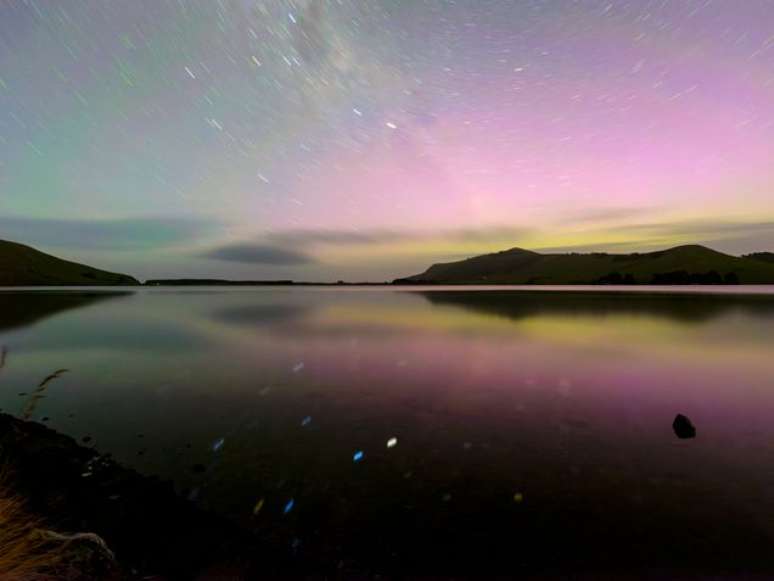
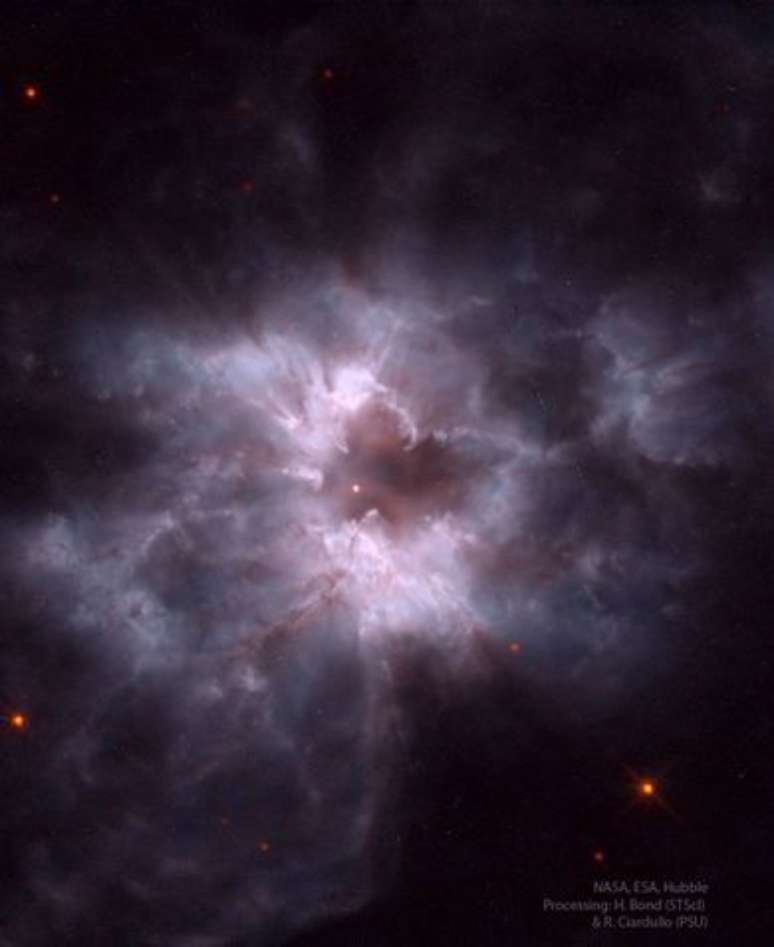
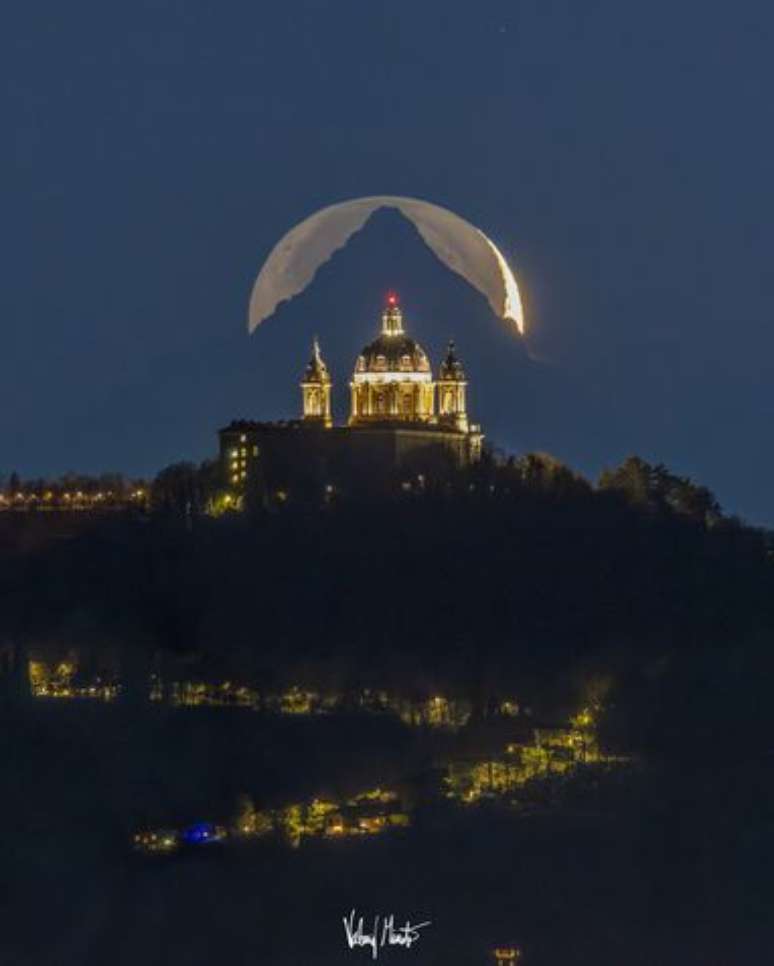
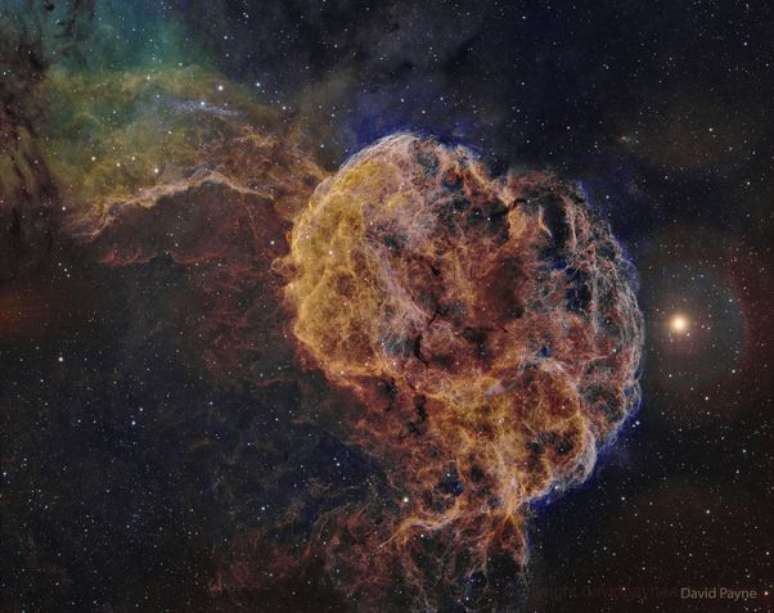


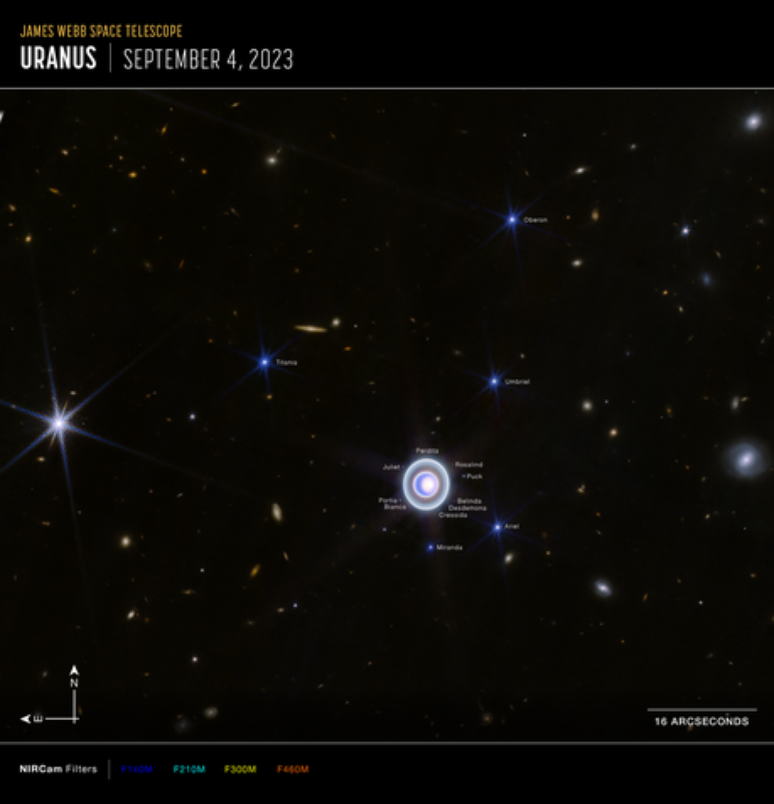
Trends on Canaltech:
- The new 2024 Volkswagen Golf will lose the manual transmission and will have an illuminated grille
- The 15 most anticipated games of 2024
- Killer Castor Beans | Compare the film’s cast to real people
- Is the Earth’s magnetic field about to reverse?
- 🚨WITH COUPON | Take advantage of the 256GB Galaxy S22 at an unmissable price
- 10 best cars in Brazil in 2023
Source: Terra
Rose James is a Gossipify movie and series reviewer known for her in-depth analysis and unique perspective on the latest releases. With a background in film studies, she provides engaging and informative reviews, and keeps readers up to date with industry trends and emerging talents.

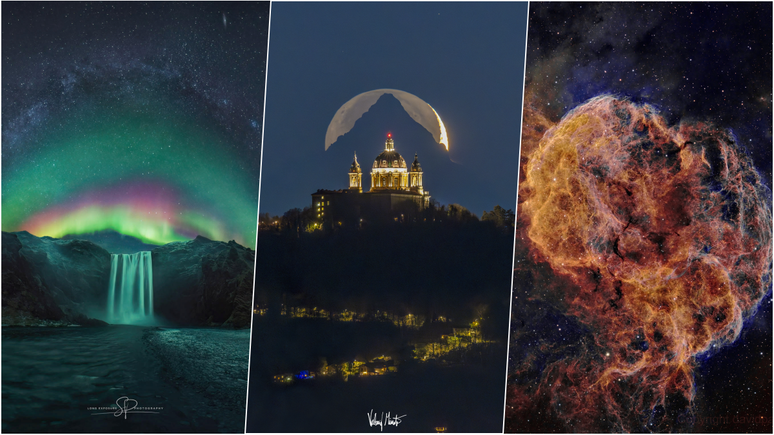

-to4mi28diwq8.jpg)



